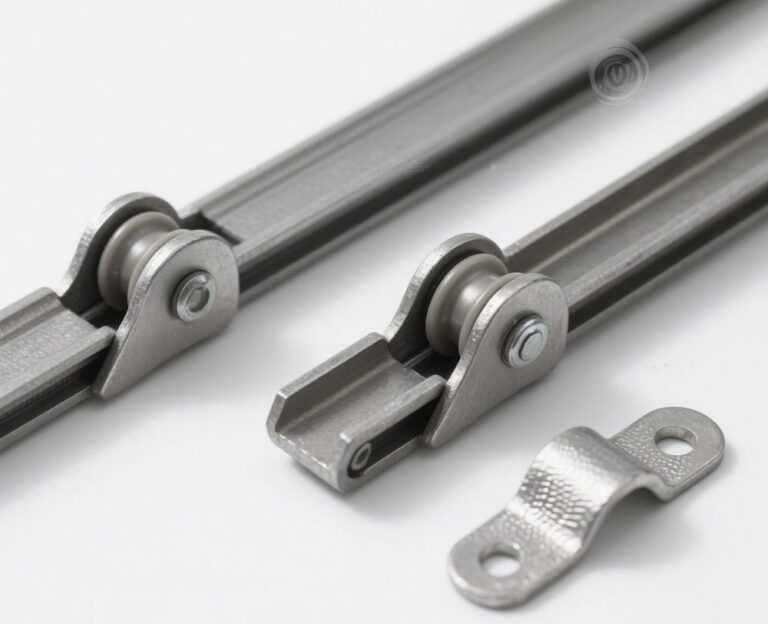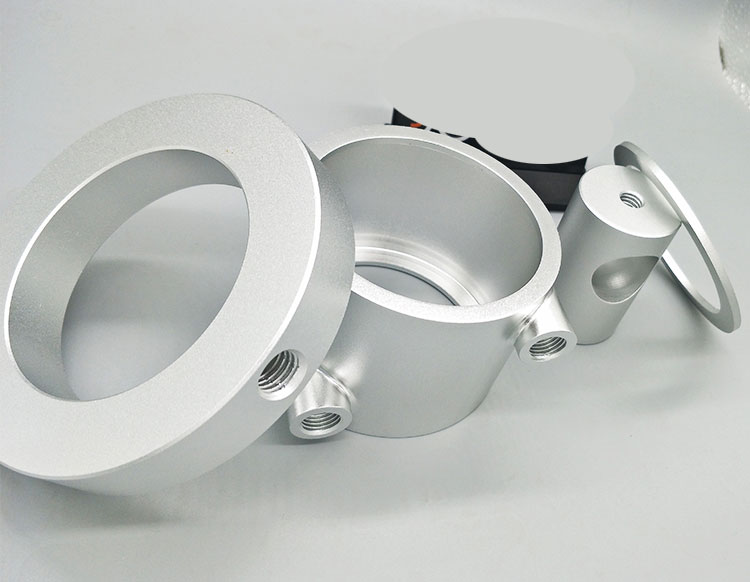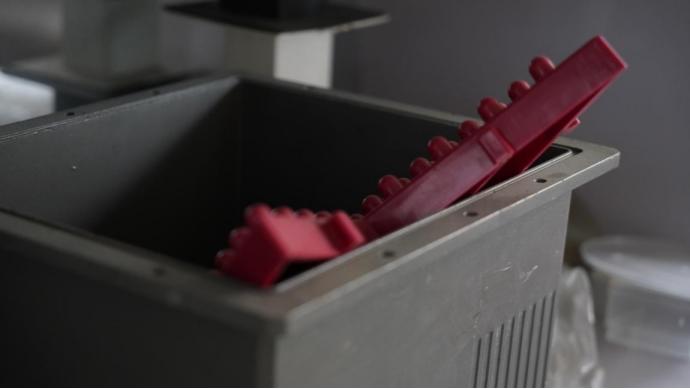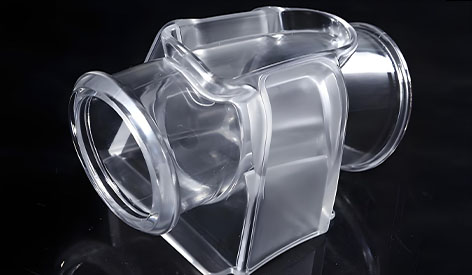When BMW injected a 1.8m bumper prototype in 48 hours, and when Tesla captured 0.3mm indentation in the flow of polyurethane – low-pressure potting (LPM) is subverting the logic of automotive large-part manufacturing in the form of “flexible steel molds”. This article reveals the core process data of German, American and Japanese automobile enterprises, and hits the 7 traps which are the most painful for engineers.
⚙️ Chapter 1 Mold Design: The Structural Playground of Large Parts
The three laws of life and death of aluminum alloy mold
Exhaust system design:
Exhaust slot <0.03mm → trapped air leads to bubble rate up to 25%
Germany Tonspeed laser etching technology: 0.02mm micro-slot + 1.5° diversion angle → bubble rate is pressed down to 0.8%.
Thermal deformation pre-compensation formula:
Compensation = (injection temperature -25 ℃) × 0.023% × part length
Case: Mercedes-Benz 2.2m front lip mold → Pre-placed 0.6mm allowance → Precise fit after cooling
Parting face sealing revolution:
Japan Asahi Glass Fluorine Rubber Seal → Temperature resistant 180 ℃ → Lifespan of more than 500 die times
🧪 Chapter 2 Material War: Polyurethane VS Epoxy Resin Peak Showdown
| performance | BASF Elastocast® 60-1000 | Huntsman Epoxy 2400 | Winning Scenarios |
|---|---|---|---|
| Curing speed | 4-6 minutes | 25-35 minutes | Rapid Iteration → Polyurethane |
| impact resistance | 85 kJ/m² | 45 kJ/m² | Bumper Verification → Polyurethane |
| heat resistance | 120℃ | 200℃ | Hood → epoxy resin |
| cost factor | 1.0X | 2.3X | Small batch validation → polyurethane |
GM’s Bloody History:
Misuse of Epoxy for Dash Frames → Warped by Summer Exposure → $3.8 Million Lost in Recalls
🌡️ Chapter 3 Process Control: The Art of Nanoscale Flow
Temperature field balance code
Temperature difference between molds >5℃ → Shrinkage difference 0.15% → 2m door panel twisted 3mm
German solution:
▶ 12 groups of thermocouples embedded in the mold → real-time regulation of the heating zone
▶ Temperature fluctuations in the zones ≤ ± 1 ℃.
Precise sniping of injection pressure
Pressure curve gold model:
0-30% filling: 0.8 bar Slow breakthrough runner
30-80% filling: 1.5 bar Uniform filling
80-100% filling: 0.5 bar Reduced pressure anti-flat edge
Ford measured data: follow this model → fringe rate reduced from 18% to 0.7
⏱️ Chapter 4 Curing Science: The Speed Game of Molecular Crosslinking
The Three-Stage Temperature Control Rule
| point | Temperature | timing | state of molecular motion |
|---|---|---|---|
| trigger period | 60-65℃ | 3min | Initiator activation |
| climbing phase | 75-80℃ | 8min | chain reaction (chemistry) |
| plateau | 95-100℃ | 15min | Three-dimensional network stereotyping |
| end period | natural cooling | 12h | stress relaxation |
Fatal error:
Directly heating up to 100℃ → surface curing internal liquid → delamination cracking rate >40
✨ Chapter 5 Post-processing: The Road from Blank to Fine Product
Micron Surgery for Fly Edge Removal
Conventional cutting pain points:
Vibration leads to exposed glass fiber → Stress concentration points
Germany Trafotek laser solution:
▶ 1064nm fiber laser → slit width 0.1mm → glass fiber remains intact
Surface enhancement double trick
Plasma bombardment:
1000eV argon ion bombardment → surface energy>72dyn/cm → coating adhesion increased by 300%.
Nano-infusion coating:
3M Scotchkote™ 206N → fill 0.05mm microporosity → salt spray test exceeds 1000 hours.
📊 Chapter 6: The Cost Nucleation Point: How to Save 35% on Prototypes
Economy Inflection Point Model
When yield N > 50 → cost of low-pressure infusion in aluminum mold < 3D printing
When N > 200 → cost is only 18% of steel mold injection molding
Material Substitution Formula
Non-bearing structure:
▶ Glass fiber reinforced PP instead of PA66 → cost reduced by 40%
Exterior validation parts:
▶ Ordinary polyurethane disguised as ABS+PC → save $120 per piece
🚨 Chapter 7 Functional Verification: The Last Escape Door Before Mass Production
Vibration fatigue prediction revolution
Data from US MTS testing machine:
Unoptimized infused parts: 100,000 cycles → Crack length >15mm
Process optimized: same conditions → Crack <2mm
Key parameters:
▶ deviation of glass fiber orientation <8° → fatigue life increased by 5 times
Environmental simulation limit test
Tesla validation standard:
▶ -40℃ freezing for 2h → 80℃ sun exposure for 4h → 20 cycles
▶ Failure if deformation > 0.5%.
🌟 Conclusion: Reinventing Automotive Manufacturing at the Border of Rigidity and Flexibility
Low-pressure infusion is not simply “plastic pouring”, but the art of mastering large parts with chemical rheology. When the polyurethane in the mold expansion of 0.08%, when the aluminum alloy mold temperature control in the ± 1 ℃ of the death zone – these seemingly cold parameters, is quietly rewriting the rules of car body manufacturing.





